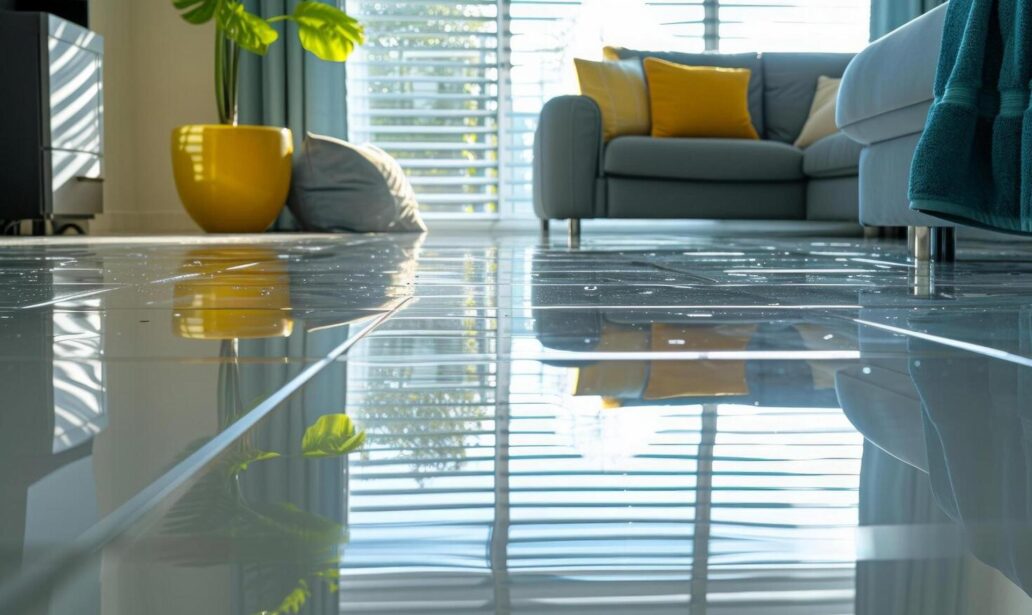Water damage can be one of the most devastating issues homeowners face. Water damage can have far-reaching and expensive consequences, regardless of the origin (a broken pipe, a leaking roof, a natural calamity like a flood, etc.). The effects of water damage, such as structural damage and mold growth, can be devastating if not dealt with quickly and efficiently. Homeowners can restore their properties and regain peace of mind by exploring crucial water damage recovery options in this article.
The Definitive Resource For Fixing Water Damage
Identifying the various forms of water damage is an important first step before attempting a recovery. Water damage is generally categorized into three types: clean water, grey water, and black water. Clean water, typically from sources like broken pipes or rainwater, poses the least risk to human health. Grey water, which may contain contaminants from sources like dishwashers or washing machines, can cause discomfort or illness if ingested. Black water is the most hazardous type of water damage and often contains sewage or other harmful substances.
Additionally, water damage is categorized into different classes based on the extent of the damage and the rate of evaporation. Class 1 damage involves minimal absorption and affects only a small area, while Class 4 damage requires specialized drying techniques due to deep saturation and high evaporation rates.
Water Damage Recovery Strategies
Safety First
Before beginning any water damage restoration efforts, it’s essential to prioritize safety. Turn off electricity in affected areas to prevent the risk of electrocution. Wear protective gear, including gloves and masks, especially when dealing with contaminated water. If the water damage is extensive or poses significant safety risks, consider seeking professional help.
Assessment And Documentation
Evaluate the level of water damage and make detailed notes once it’s safe to do so. For both insurance and restoration purposes, it is helpful to take pictures or films of the damaged areas. Identify the source of the water damage and take steps to address it to prevent further issues.
Water Extraction
The first step in water damage recovery is removing standing water from the affected areas. This may involve using pumps, wet-dry vacuums, or other water extraction equipment. The goal is to remove as much water as possible to expedite the drying process and minimize further damage to the property.
Drying And Dehumidification
The drying process starts when the standing water is drained. Circulate air and remove moisture from surfaces using drying equipment such as dehumidifiers and fans. Mold development or structural damage can result from untreated moisture, so be sure to pay special attention to locations that are hard to reach.
Hygiene And Cleaning
Depending on the type of water damage, cleaning and sanitizing may be necessary to remove contaminants and avoid health risks. Use appropriate cleaning solutions and disinfectants to clean surfaces and belongings affected by water damage. Take your time and make sure you get every last bit of dirt and grime.
Mold Remediation
Damage from water often leads to the formation of mold. In damp conditions, mold can grow rapidly and cause significant health problems. If mold is present, it’s essential to address it promptly and effectively. This may involve removing affected materials, applying mold inhibitors, and improving ventilation to prevent future mold growth.
Restoration And Repairs
Once the affected areas have been dried, cleaned, and sanitized, it’s time to focus on restoration and repairs. Insulation, flooring, and drywall could all need fixing or replacing in this process. Work with experienced contractors or restoration professionals to ensure that repairs are done correctly and that the property is restored to its pre-damage condition.
Preventing Future Water Damage
Water damage is often a surprise, but there are things homeowners can do to lessen the likelihood of it happening again:
Regularly inspect plumbing and appliances for leaks or signs of damage.
Keep the downspouts and gutters in good repair so water can flow away from your house.
Seal cracks or gaps in windows, doors, and foundations to prevent water intrusion.
Put in a water alarm system or a sump pump to let you know if there’s any water problem.
Consider waterproofing vulnerable areas such as basements or crawl spaces.
Conclusion
Houses and businesses can take a beating from water damage, but it’s possible to repair and restore damaged areas with the correct strategy and tactics. Homeowners may lessen the impact of water damage on their homes and get them back to how they were by putting safety first, taking stock of the damage, and drying and cleaning everything thoroughly. Furthermore, homeowners can save money on repairs and downtime by being proactive in preventing water damage. Homeowners can safeguard their dwellings and families against the catastrophic consequences of water damage by diligently preparing ahead of time.

